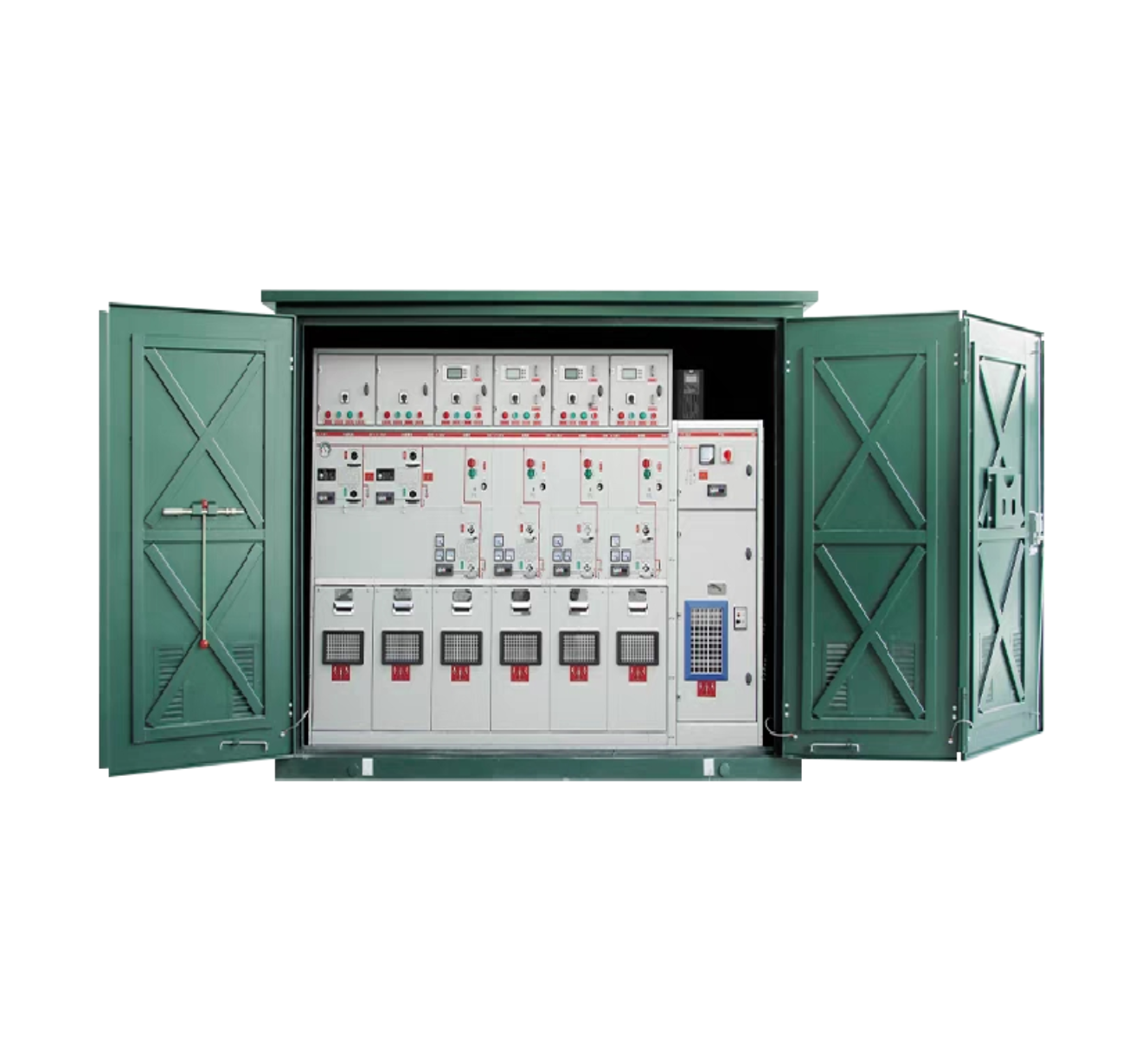

1) Power Distribution: Achieve flexible power distribution through a ring network structure, support multiple circuit outputs to meet different load requirements, optimize the distribution network, and reduce power transmission losses.
2) Circuit Control: Equipped with load switches, circuit breakers, or isolating switches to connect, disconnect, and switch circuits. Support manual, electric, or remote operation to enhance operational convenience and efficiency.
3) Protection Functions: Provide overload, short-circuit, and ground fault protection to ensure the safety of equipment and lines. Integrate fuses or relay protection devices to quickly cut off faulty circuits.
4) Monitoring and Metering: Real-time monitoring of parameters such as current, voltage, and power factor to optimize power usage. Integrate power metering functions and support energy consumption analysis and energy management.
5) Environmentally Friendly Design: Use low-energy electrical components and environmentally friendly materials to reduce energy losses during operation. Optimize heat dissipation design to lower equipment operating temperature and reduce cooling energy consumption.
6) Remote Monitoring and Operation: Support remote monitoring and operation to achieve intelligent management of the distribution system. Real-time monitoring of equipment operating status through SCADA systems or IoT technology.
7) Fault Diagnosis and Early Warning: Integrate fault diagnosis functions to promptly detect potential issues and issue warnings. Provide fault recording and analysis functions to facilitate quick problem location and resolution.